This summer, from July 18 to Sept. 4, one of Japan’s most interesting art festivals is back. The Setouchi Triennale Art Festival features contemporary art against the backdrop of Japan’s Seto Inland Sea. The festival, held every three years, has grown from humble beginnings on Naoshima Island when the Art House Project converted traditional Japanese houses into venues for modern art.
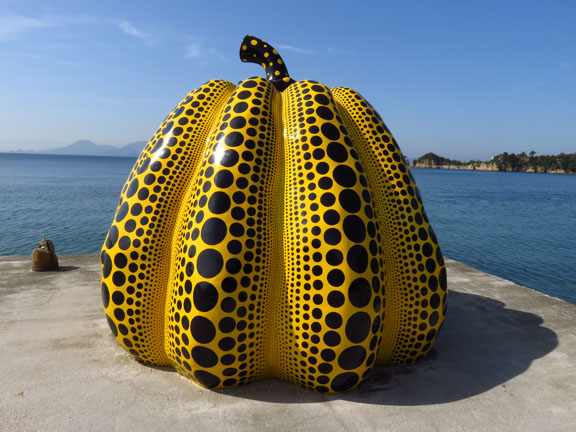
You can still see these exhibits, such as James Turrell’s “Backside of the Moon,” during the art festival. Yet, what started as a quaint celebration of art back in the 1990s has grown into a full- blown world-class exhibition spread over 12 islands in the Seto Inland Sea in Kagawa and Okayama prefectures.
The Setouchi International Art Festival, or more simply called the Triennale, is a great opportunity to appreciate art and also a unique way to experience Japan’s traditional island culture. Each island has its own distinct feel, traditions and people.
Ogijima, with a population of a little more than 200, has a small intimate atmosphere and is packed with exhibits. The island people used to raise cows, which they then sent to the mainland for use in the rice fields for plowing. When the farmers were finished with the plowing, they’d send the cows back to their island home. The much larger Teshima has a rural feel and is known for its tanada, terraced rice fields.
If you’re interested in Japanese folktales, be sure to visit Megijima, nicknamed “Oni Island,” as it is believed to be the destination of the Peach Boy in the legend of “Momotaro-san.” There is even a cave (with art in it, of course), ostensibly the lair of the slain dragon and his hoarded treasure. Island hopping from one art exhibit to the next may seem daunting so, before you set sail, here are some tips to make your trip a little easier.
Uno or Takamatsu?
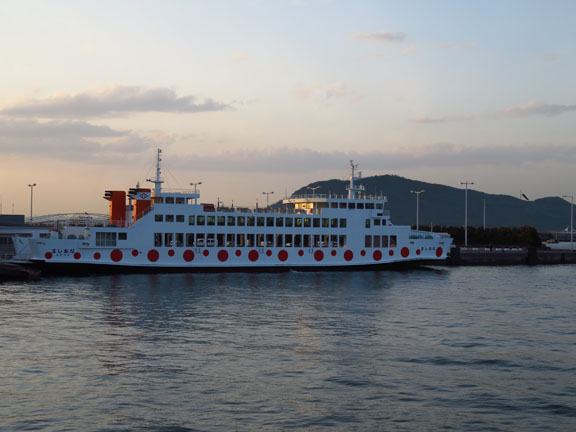
If you’re coming to the festival from points north of Okayama, such as Osaka, Nagoya or Tokyo, you’ll probably start your trip at Uno Port in Okayama Prefecture. Take the Sanyo Shinkansen to Okayama Station and change to the Uno Line to Uno Station.
If you’re coming from Hiroshima or points south, or if you’re already in Shikoku, you may prefer to start your trip from Takamatsu Port in Kagawa Prefecture. Both ports offer information centers where you can get maps, ferry schedules and information about the festival.
Art Festival Passport
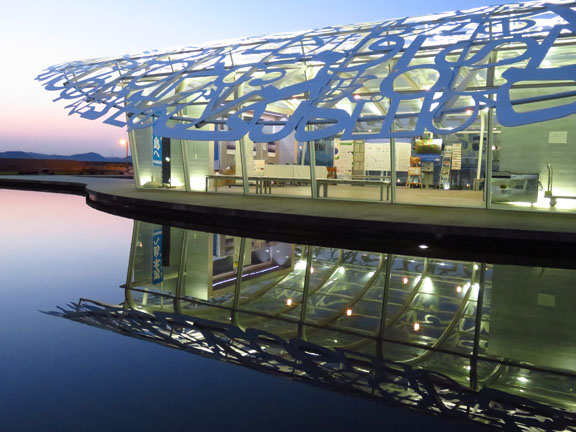
For ¥5,000, you can buy a “passport” that will gain you entry into most of the exhibits. The exception is some of the museums which require an extra entry fee.
There is a mixture of indoor and outdoor exhibits and, if you are happy just seeing the outdoor exhibits (such as Yayoi Kusama’s pumpkins, Sou Fujimoto’s Naoshima Pavillion, Keisuke Yamaguchi’s Walking Ark, etc.), you don’t actually need a passport. If you plan on visiting just a few of the indoor exhibits, you can pay individually, and most are just a few hundred yen each.
Many of the indoor museums are not included in the passport so, if it’s hot and you find an air conditioned museum more attractive, you might want to forego the passport and just pay for the museums on an individual basis.
Some examples are the Lee Ulfan Museum (10 a.m. to 6 p.m., admission ¥1,030), Teshima Art Museum (10 a.m. to 5 p.m., admission ¥1,540) and Naoshima’s Chichu Art Museum which features Claude Monet’s waterlilies (10 a.m. to 6 p.m., admission ¥2,060). While all these require separate entry fees, you can get a slight discount with a passport.
Three-Day Triennale Pass
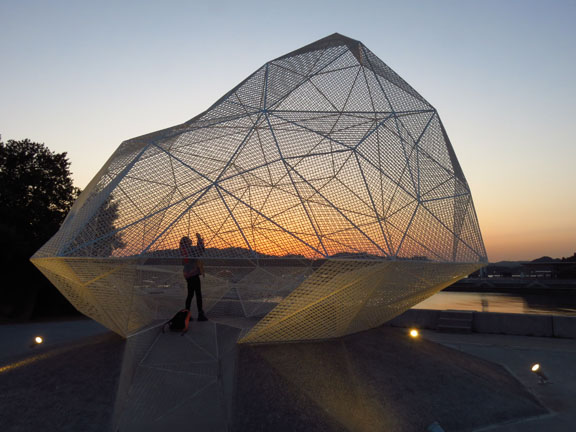
The three-day ferry pass (¥2,500, children ¥1,200) will save you money only if you plan on visiting several islands over three or more days. However, it would be prudent to plan for just one island per day (or two smaller islands), as many islands are not interconnected, and different ferry companies go to different islands.
So, if you’re on Naoshima and want to go to Ogijima, there is no direct ferry between the two. Thus, you’ll have to go from Naoshima back to the mainland (Takamatsu) and wait for the next ferry leaving for Ogijima. This can take up significant amounts of time and should be factored in when planning which islands to visit on your trip. Why Not Stay a While? In addition to the high-end Benesse House accommodation, there is an array of traditional minshuku, ryokan and budget guesthouses available. If you decide to stay at a minshuku or ryokan on one of the islands, you’ll have the opportunity to eat fresh local seafood and enjoy the exhibits in the evening, night-time and early morning without crowds.
Since most ferries run between 8 a.m. and 6 p.m., you’ll also have sunrise and sunset photo opportunities for outdoor exhibits.
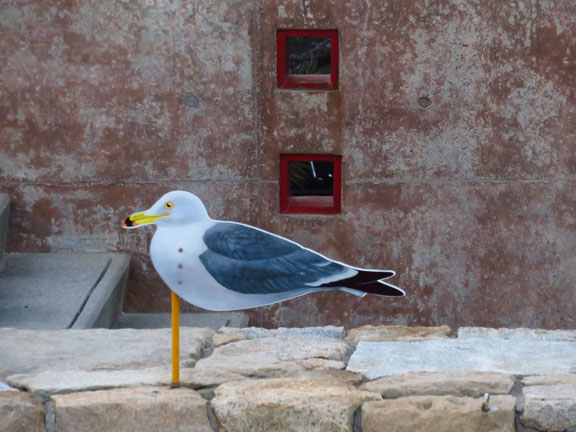
Avoid Monday (if possible)
On Mondays, many museums and some exhibits are closed. If the Monday is a national holiday, the day off will be moved to the following Tuesday instead.
If you can’t make the summer session of the art festival, there is another session in autumn from Oct. 8 to Nov. 6 featuring different islands. For more information on the Setouchi Art Festival seasons and the festival in general, visit their website.
Getting Around the Islands
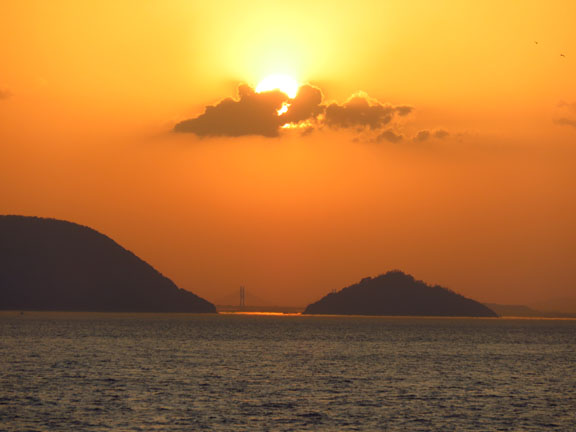
It’s possible to walk to all the exhibits on smaller islands such as Ogijima and Megijima. Larger islands such as Naoshima offer bicycle rental, which is a fun way to get around faster and further. Other islands such as Teshima and Shodoshima are too big (or hilly) to get around easily on a bicycle, so taking the bus makes more sense.
Renting a car is a good option as well, but best to reserve in advance. Keep in mind that buses will add extra cost. Buses on Teshima, for example, cost a at fee of ¥200 for each ride, and you’ll be getting on and off the bus as it circles the island to the different exhibits.
WEB CONNECTION
Web site: www.setouchi-artfest.jp/en/about
Facebook: https://www.facebook.com/ArtSetouchiEN




